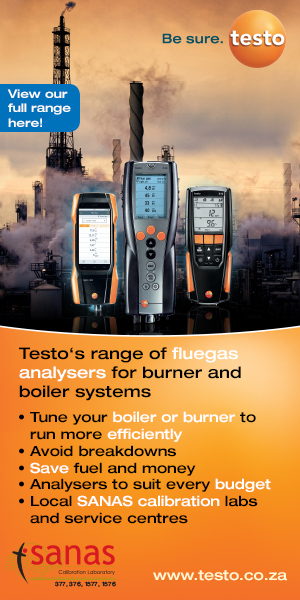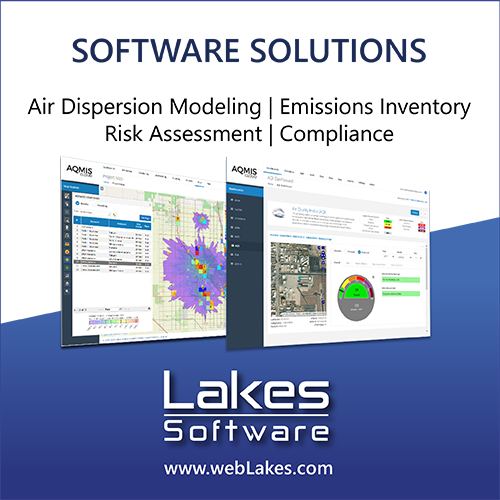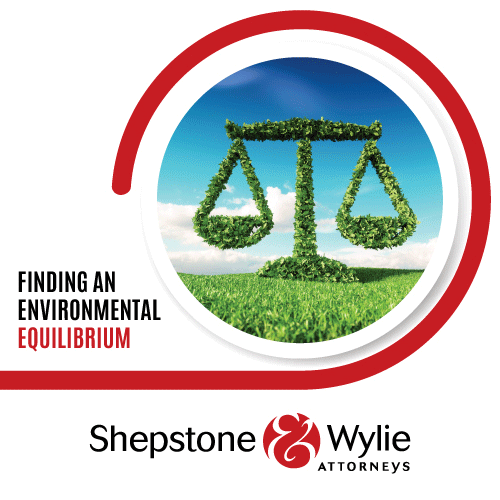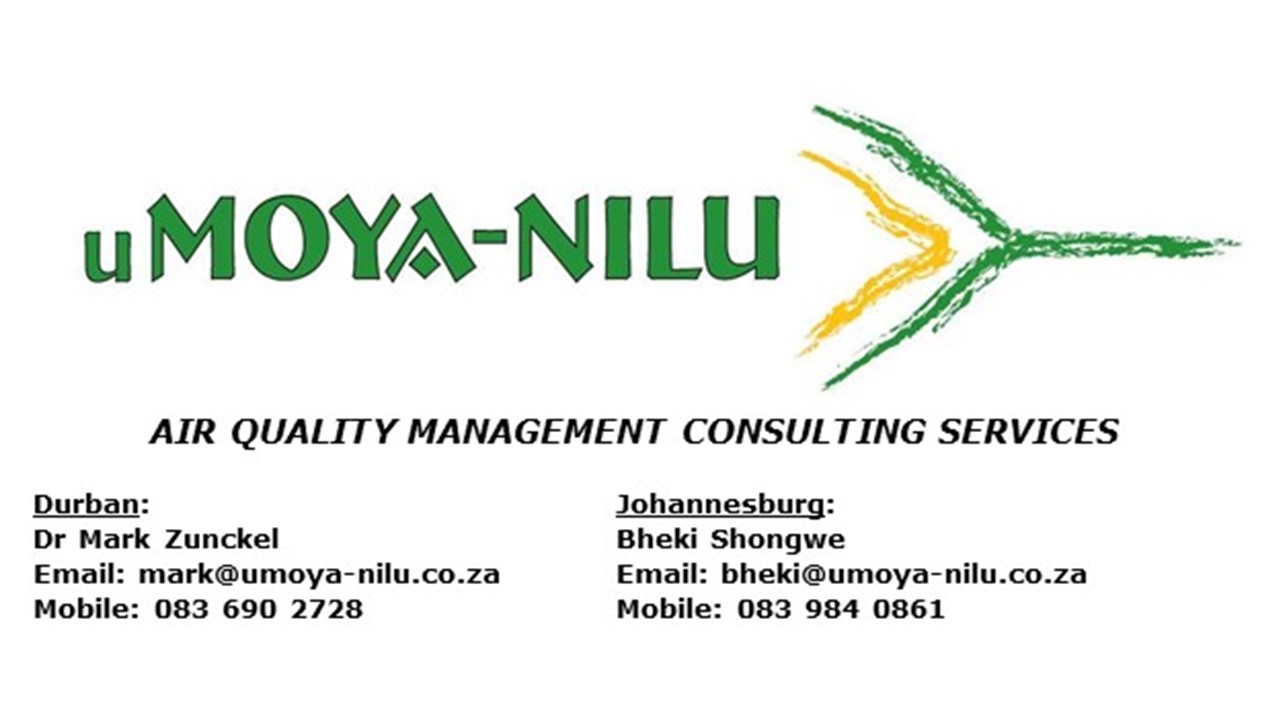Intra-urban variability of PM2.5 in a dense, low-income settlement on the South African Highveld
DOI:
https://doi.org/10.17159/caj/2021/31/1.9413Keywords:
fine particulate matter, household air pollution, low-income settlements, South African Highveld, air quality managementAbstract
High concentrations of the ambient particulate matter remains a concern on the South African Highveld, particularly in densely populated low-income settlements. These areas have several local emission sources that contribute to poor air quality and are often located close to industrial and other urban areas. The local sources vary in magnitude, space, and time. In South Africa, little has been done to assess the impacts of spatiotemporal variability on the credibility of using isolated ambient observations for regulatory purposes. This study aims to evaluate the intra-urban variability of ambient PM2.5 concentrations in a dense, low-income community. Ambient fine particulate matter (PM2.5) in distinct microenvironments of KwaZamokuhle were simultaneously measured at 4 sites between March and June 2018. These measurements were collected using one permanent ambient monitoring station (AMS) and a temporary network of three E-BAM monitors (Site 2, Site 3, and Site 4). The daily PM2.5 concentrations at AMS, Site 2, Site 3, and Site 4 varied from 10 to 86 µg.m-3, 10 to 103 µg.m-3, 11 to 101 µg.m-3, and 9 to 113 µg.m-3, respectively. Extreme PM2.5 concentrations which exceeded the 24h PM2.5 NAAQS of 40 µg.m-3 were seen during the cold period (May and June); meanwhile, the warm period (March and April) recorded relatively lower PM2.5 episodes across different sections of KwaZamokuhle. During May-June, the highest diurnal concentrations of hourly averaged ambient PM2.5 were recorded at Site 4, in a downward sequence, followed by Site 3, Site 2, and AMS. Furthermore, the results showed that across KwaZamokuhle, Site 4 has the highest proportion of households using solid fuels for domestic purposes (cooking and heating) (55%) and the number of informal dwellings (117 households). Therefore, the study highlights the complexity of quantifying ambient air quality in an area where several local emission sources vary in space and time. Attempts to use monitoring data from a single station to assess ambient air quality, quantify human exposure, or evaluate the potential impacts of mitigation strategies in dense, low-income settlements should be done with care.
Downloads
Downloads
Published
Issue
Section
License
Copyright (c) 2021 Simon Dlangamandla Moletsane

This work is licensed under a Creative Commons Attribution 4.0 International License.

All articles are published under a Creative Commons Attribution 4.0 International License; copyright is retained by the authors. Readers are welcome to reproduce, share and adapt the content without permission provided the source is attributed.








.png)